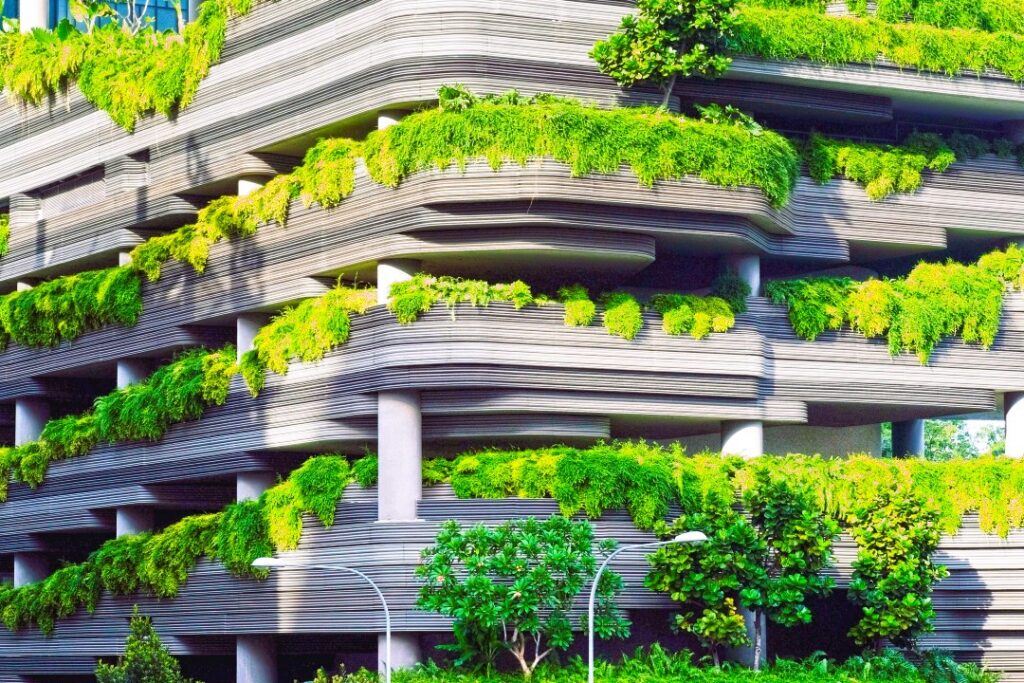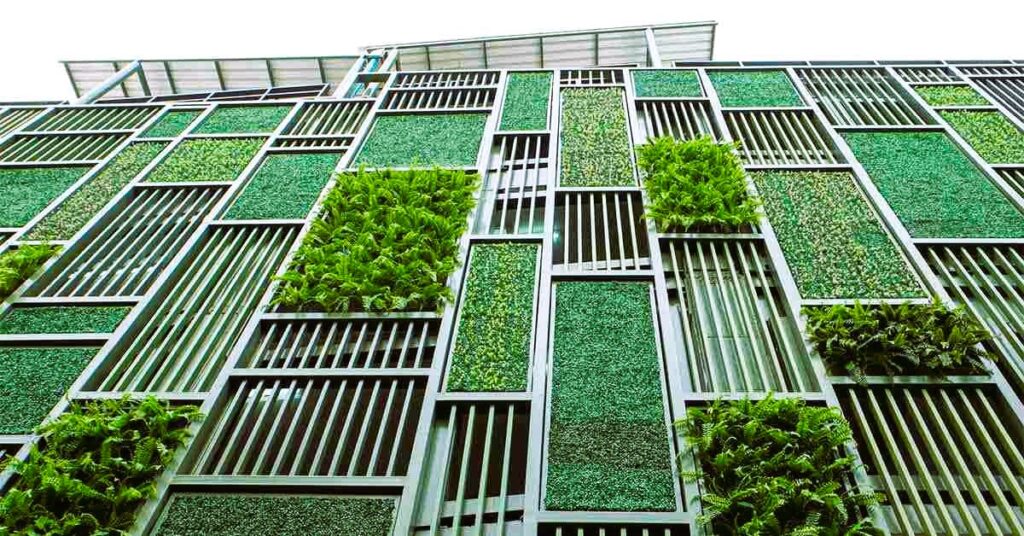In the contemporary architectural landscape, the concept of sustainability has emerged as a driving force, reshaping the way we envision, construct, and inhabit our buildings. The Green Revolution within the realm of construction signifies a paradigm shift towards eco-conscious and energy-efficient practices. This exploration delves into the core principles of sustainable building, highlighting its environmental, economic, and societal implications.
Understanding Sustainable Building Practices
1. Environmental Impact:
Sustainable building practices prioritize reducing environmental impact. This involves the conservation of resources, energy efficiency, and the use of renewable materials. Green buildings aim to minimize their carbon footprint, contributing to the global effort to combat climate change.
2. Energy Efficiency:
Integration of energy-efficient technologies and designs is a hallmark of sustainable buildings. From passive solar heating to advanced insulation systems, these practices not only reduce energy consumption but also contribute to long-term cost savings.
3. Materials Selection:
Sustainable construction emphasizes the use of eco-friendly materials. Recycled, reclaimed, or rapidly renewable resources play a pivotal role in minimizing the depletion of natural resources and reducing waste.
4. Water Conservation:
Efficient water management strategies, such as rainwater harvesting and low-flow plumbing fixtures, are integral components of sustainable building. Conserving water resources ensures the long-term viability of ecosystems.
The Role of Standardization in Sustainable Building

Achieving widespread adoption of sustainable building practices requires adherence to standardized guidelines and regulations. Recognized organizations such as Canada.ca provide essential resources and information on the standards that govern sustainable construction.
Key Components of Sustainable Building Practices
1. Passive Design:
Incorporating passive design principles optimizes natural elements such as sunlight and wind for heating, cooling, and ventilation. This minimizes reliance on mechanical systems, reducing energy consumption.
2. Green Roofing:
Green roofs, adorned with vegetation, contribute to insulation, absorb rainwater, and mitigate the urban heat island effect. They enhance biodiversity while providing an aesthetically pleasing and functional feature.
3. Renewable Energy Integration:
Harnessing renewable energy sources such as solar panels and wind turbines transforms buildings into self-sufficient entities, generating clean energy and reducing dependence on non-renewable sources.
4. Life-Cycle Assessment:
Evaluating the environmental impact of a building throughout its life cycle is crucial. Sustainable construction considers the materials’ production, construction, operation, maintenance, and eventual demolition or recycling. EMF protection in the digital age, read more in our article.
Economic and Societal Benefits
The adoption of sustainable building practices extends beyond environmental considerations, yielding significant economic and societal benefits.
1. Economic Advantages:
- Cost Savings: Energy-efficient buildings often result in lower utility bills, providing long-term cost savings.
- Market Value: Sustainable buildings typically have higher market values, attracting environmentally conscious investors and occupants.
2. Societal Well-being:
- Healthier Indoor Environments: Sustainable buildings prioritize air quality, contributing to healthier indoor environments for occupants.
- Community Engagement: The creation of sustainable buildings fosters community engagement, encouraging collaboration and a shared commitment to environmental responsibility.
Challenges and Future Prospects

While sustainable building practices have gained momentum, challenges persist. Overcoming issues such as initial cost barriers, limited awareness, and resistance to change is essential. The future of sustainable construction holds promise, with ongoing research, technological advancements, and a growing global consciousness driving innovation in the field.
Conclusion
The Green Revolution in sustainable building practices represents a pivotal shift towards a more environmentally conscious and responsible approach to construction. As the world grapples with environmental challenges, the adoption of standardized sustainable building practices becomes imperative. By referencing reputable sources such as Wikipedia and Canada.ca, stakeholders in the construction industry can access crucial information, fostering informed decision-making and contributing to a greener, more sustainable future.


